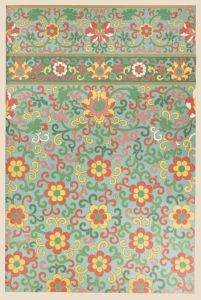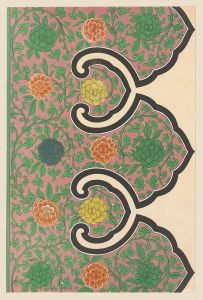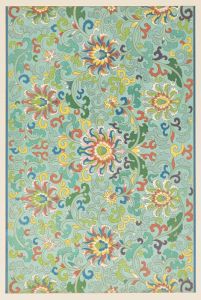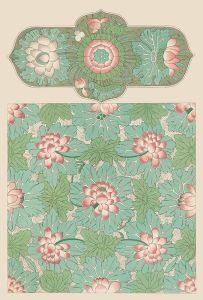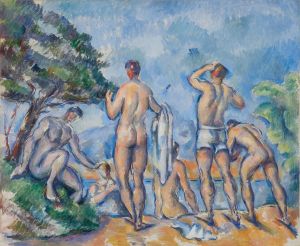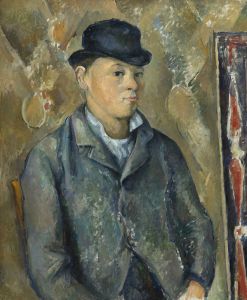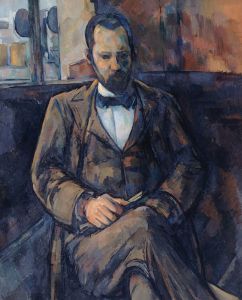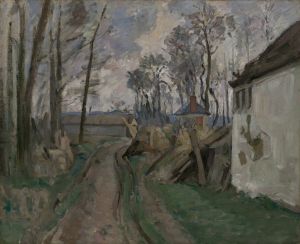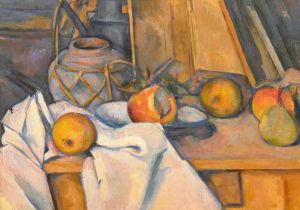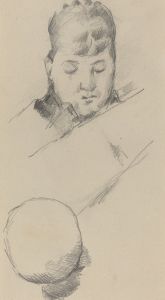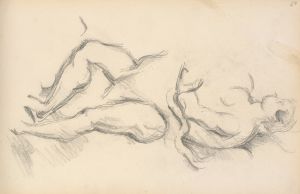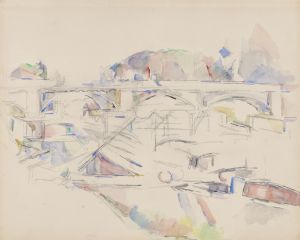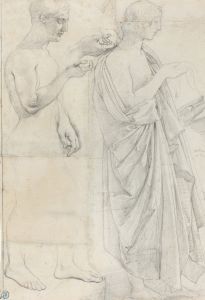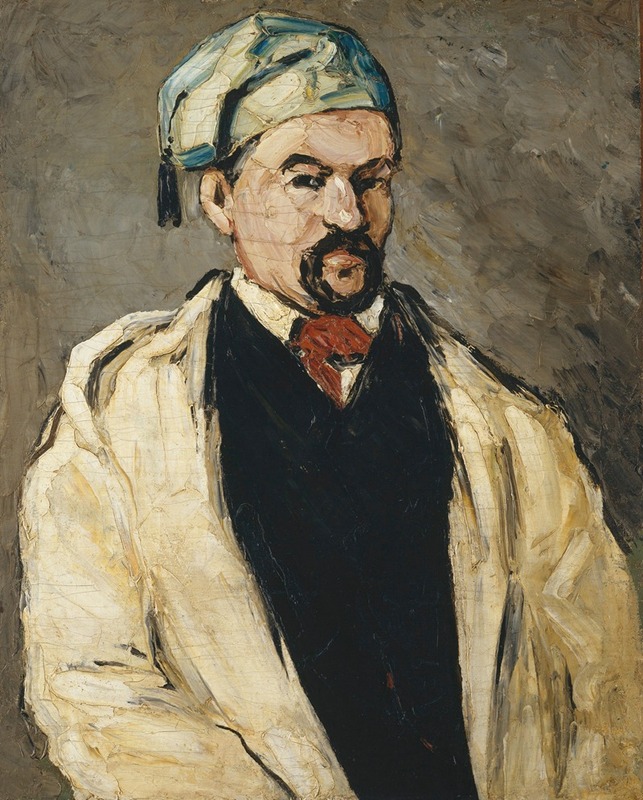
Antoine Dominique Sauveur Aubert , the Artist’s Uncle
A hand-painted replica of Paul Cézanne’s masterpiece Antoine Dominique Sauveur Aubert , the Artist’s Uncle, meticulously crafted by professional artists to capture the true essence of the original. Each piece is created with museum-quality canvas and rare mineral pigments, carefully painted by experienced artists with delicate brushstrokes and rich, layered colors to perfectly recreate the texture of the original artwork. Unlike machine-printed reproductions, this hand-painted version brings the painting to life, infused with the artist’s emotions and skill in every stroke. Whether for personal collection or home decoration, it instantly elevates the artistic atmosphere of any space.
Paul Cézanne's painting "Antoine Dominique Sauveur Aubert, the Artist’s Uncle" is a notable work within the artist's extensive oeuvre. Painted in the early stages of Cézanne's career, this portrait exemplifies his evolving style and his interest in capturing the essence of his subjects through bold brushwork and a keen observation of character.
Antoine Dominique Sauveur Aubert was Cézanne's maternal uncle, and the painting is one of several portraits Cézanne created of his family members. This personal connection likely provided Cézanne with a familiar subject, allowing him to experiment with his technique and approach to portraiture. The painting is believed to have been completed around the 1860s, a period when Cézanne was still developing his unique style that would later influence the Post-Impressionist movement.
In this portrait, Cézanne employs a relatively restrained color palette, focusing on earthy tones and subtle contrasts to convey the character of his uncle. The brushwork is deliberate and expressive, a hallmark of Cézanne's early style, which often emphasized the physicality of paint on canvas. This technique allows the viewer to sense the presence of the sitter, capturing not just the likeness but also the personality and mood of the subject.
Cézanne's approach to this portrait reflects his broader artistic goals of moving beyond the traditional techniques of the time. He sought to capture the underlying structure and form of his subjects, which would later become a defining characteristic of his work. This painting, while more conventional than his later pieces, hints at Cézanne's future explorations into the use of color, form, and composition.
The setting of the portrait is simple, with little to distract from the figure of Aubert. This simplicity directs the viewer's attention to the subject's face and expression, which Cézanne has rendered with a sense of immediacy and presence. The artist's focus on the psychological depth of his uncle is evident, as he captures a moment of introspection or contemplation.
"Antoine Dominique Sauveur Aubert, the Artist’s Uncle" is an important work in understanding Cézanne's development as an artist. It provides insight into his early influences and his commitment to exploring new ways of seeing and representing the world. This painting is part of a larger body of work that includes numerous portraits of family members, each contributing to Cézanne's reputation as a painter who could convey the complexity of human emotion and character.
Today, Cézanne is celebrated as a pivotal figure in the transition from 19th-century Impressionism to 20th-century modernism. His innovative approach to form and color laid the groundwork for future artists, including the Cubists, who admired his ability to depict multiple perspectives within a single composition. "Antoine Dominique Sauveur Aubert, the Artist’s Uncle" remains a testament to Cézanne's early mastery and his enduring influence on the art world.





